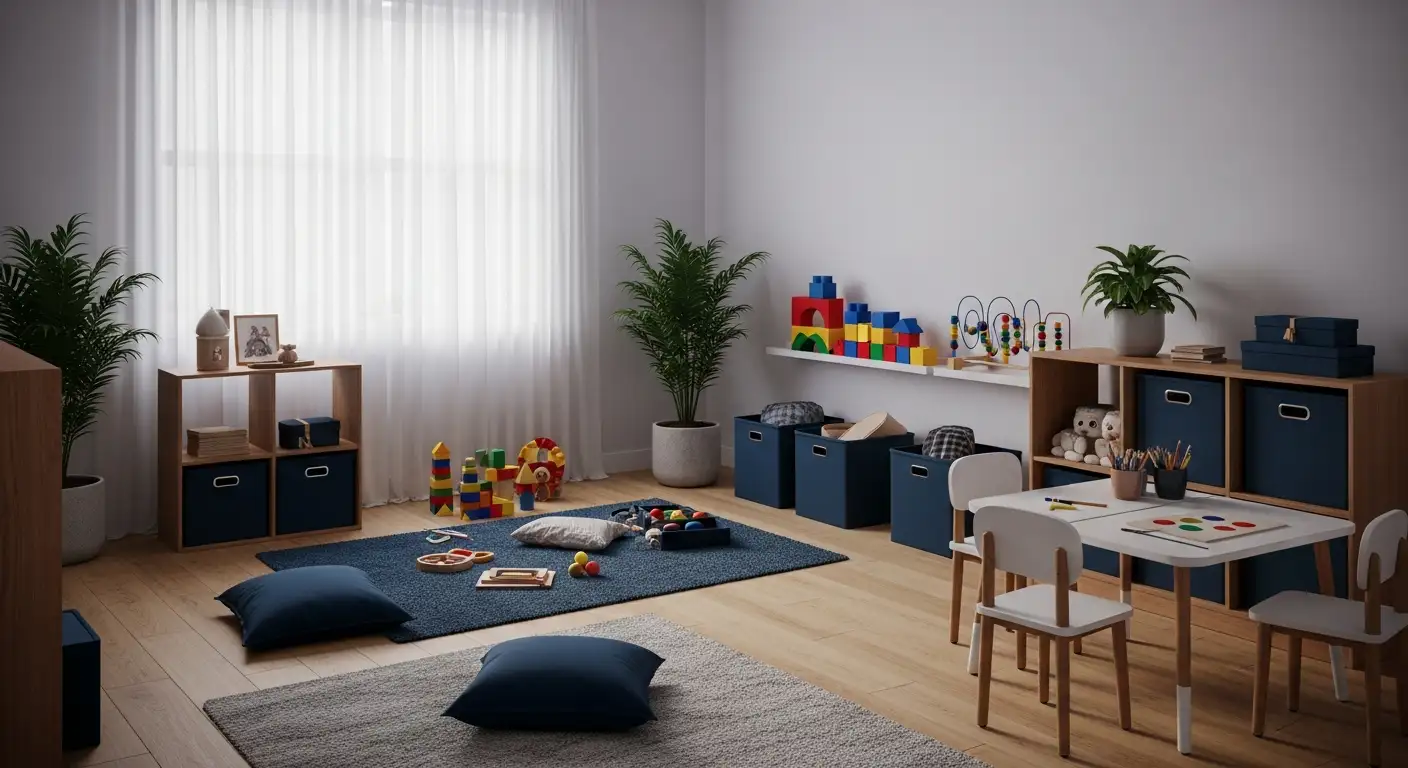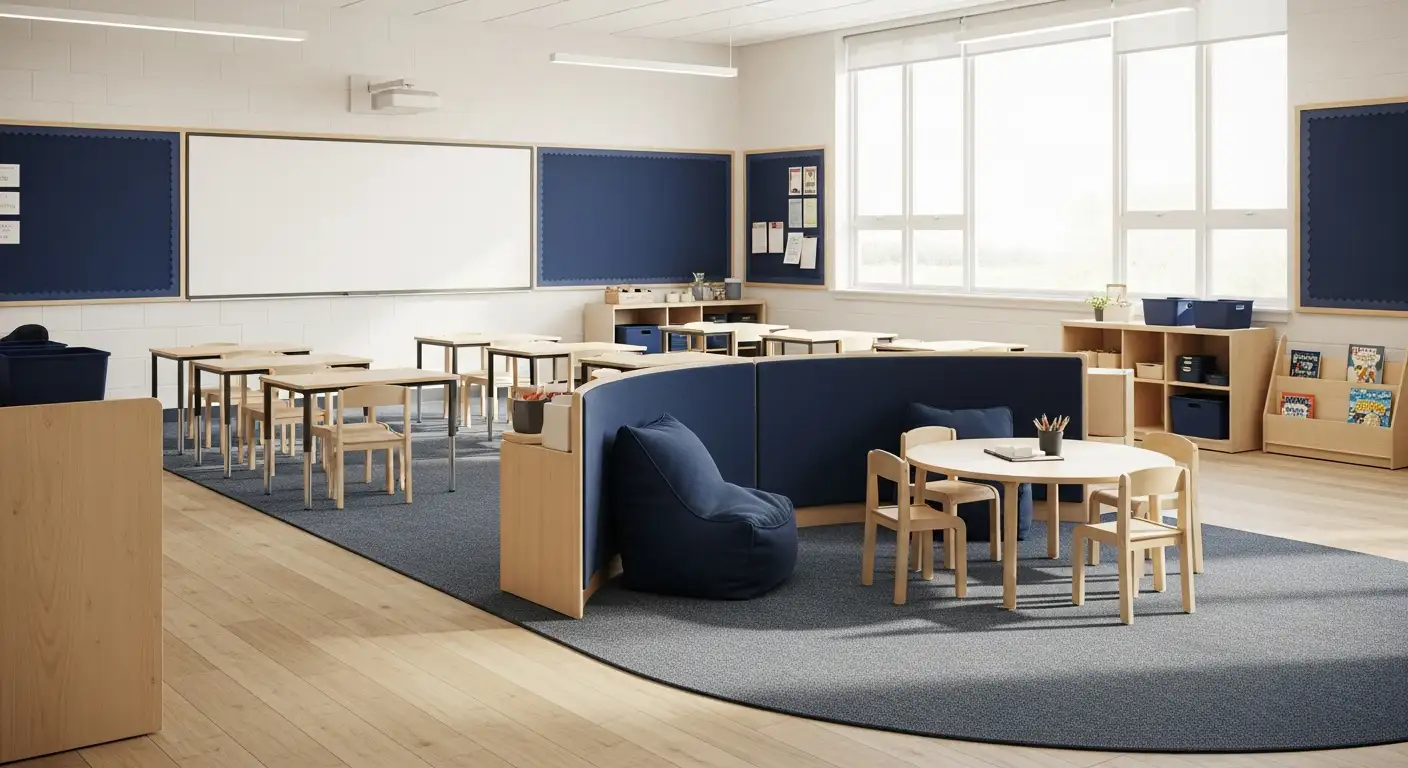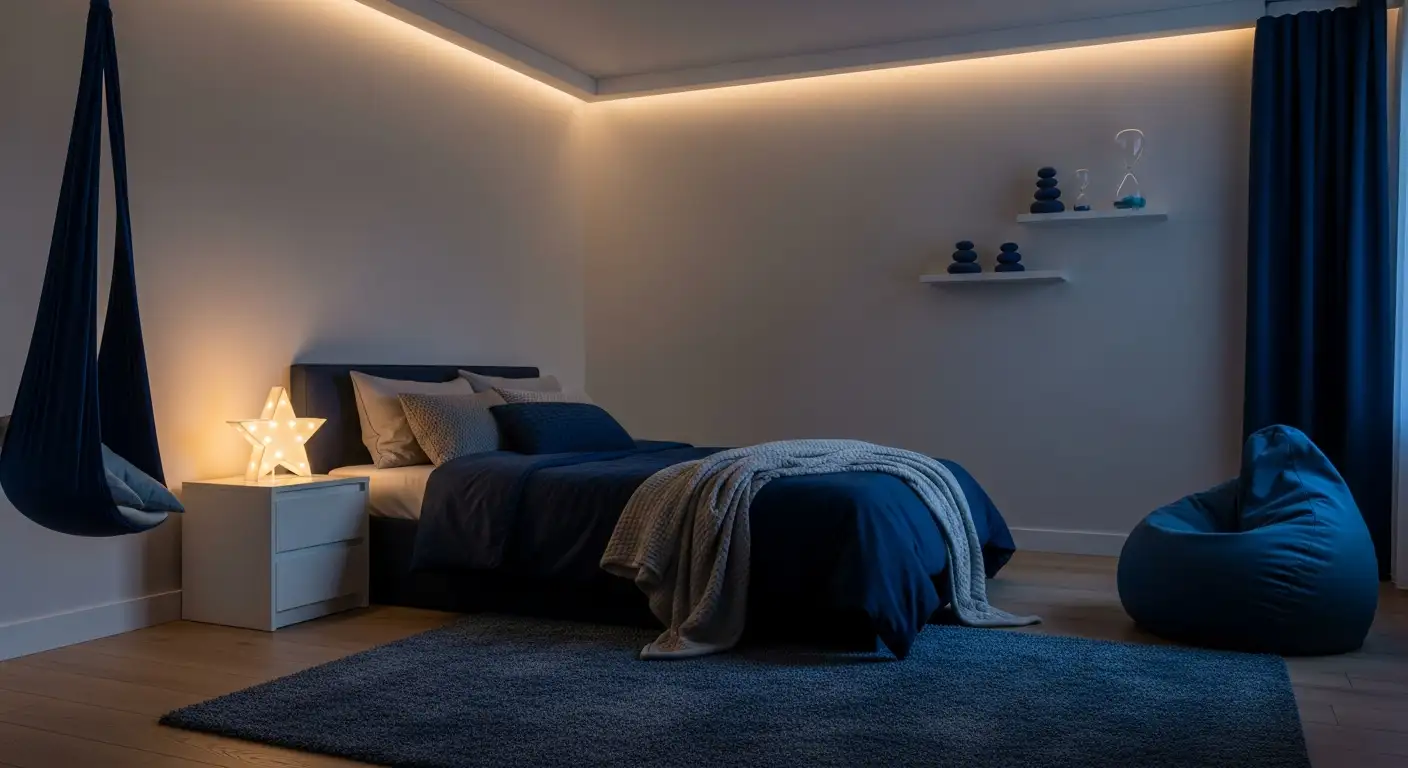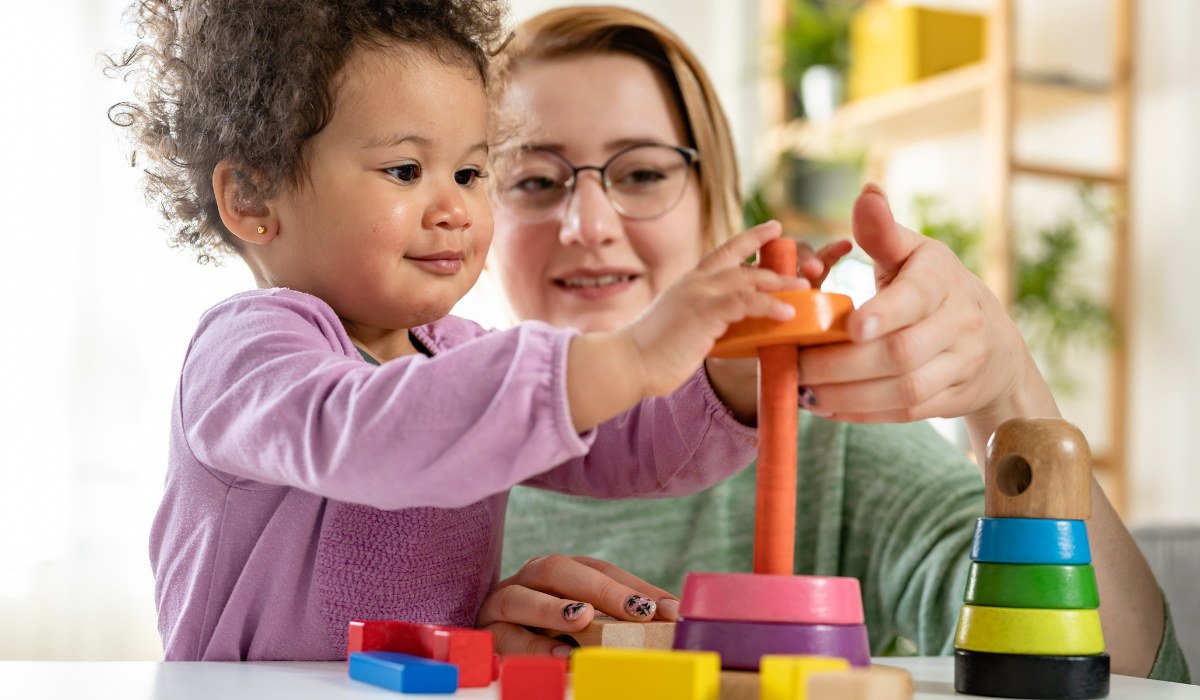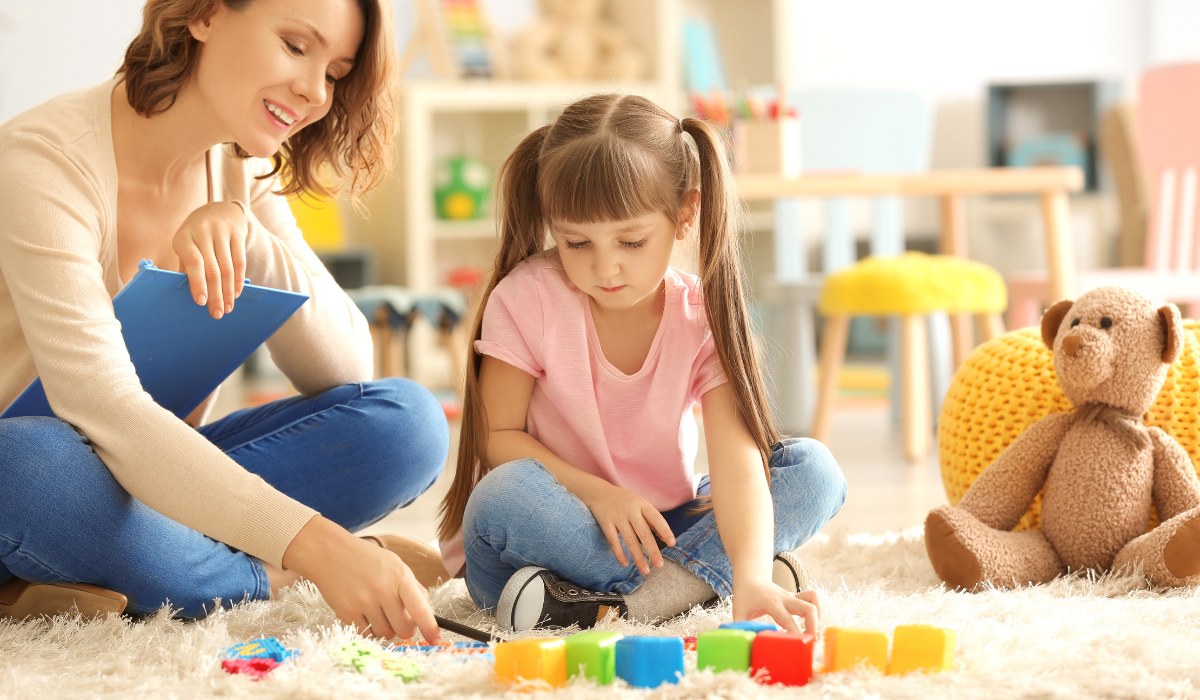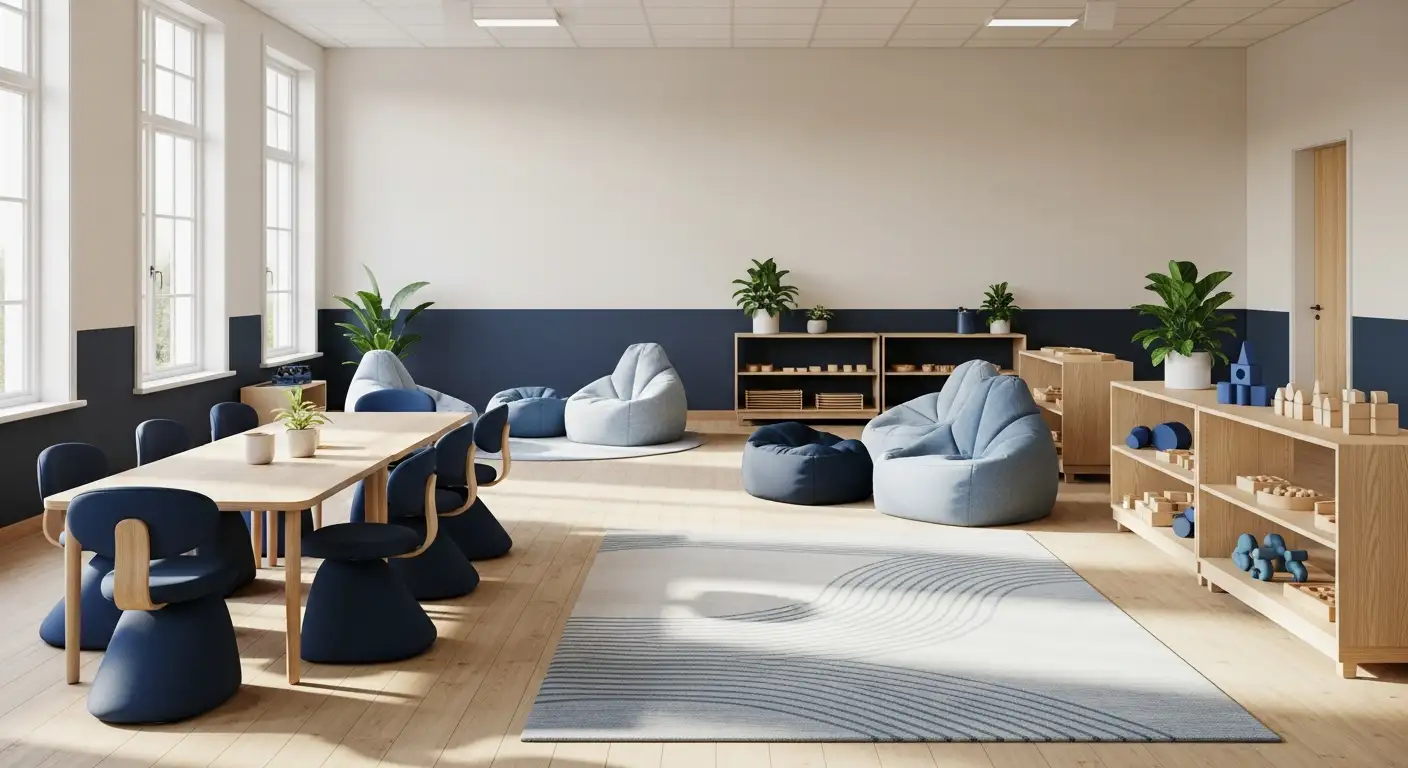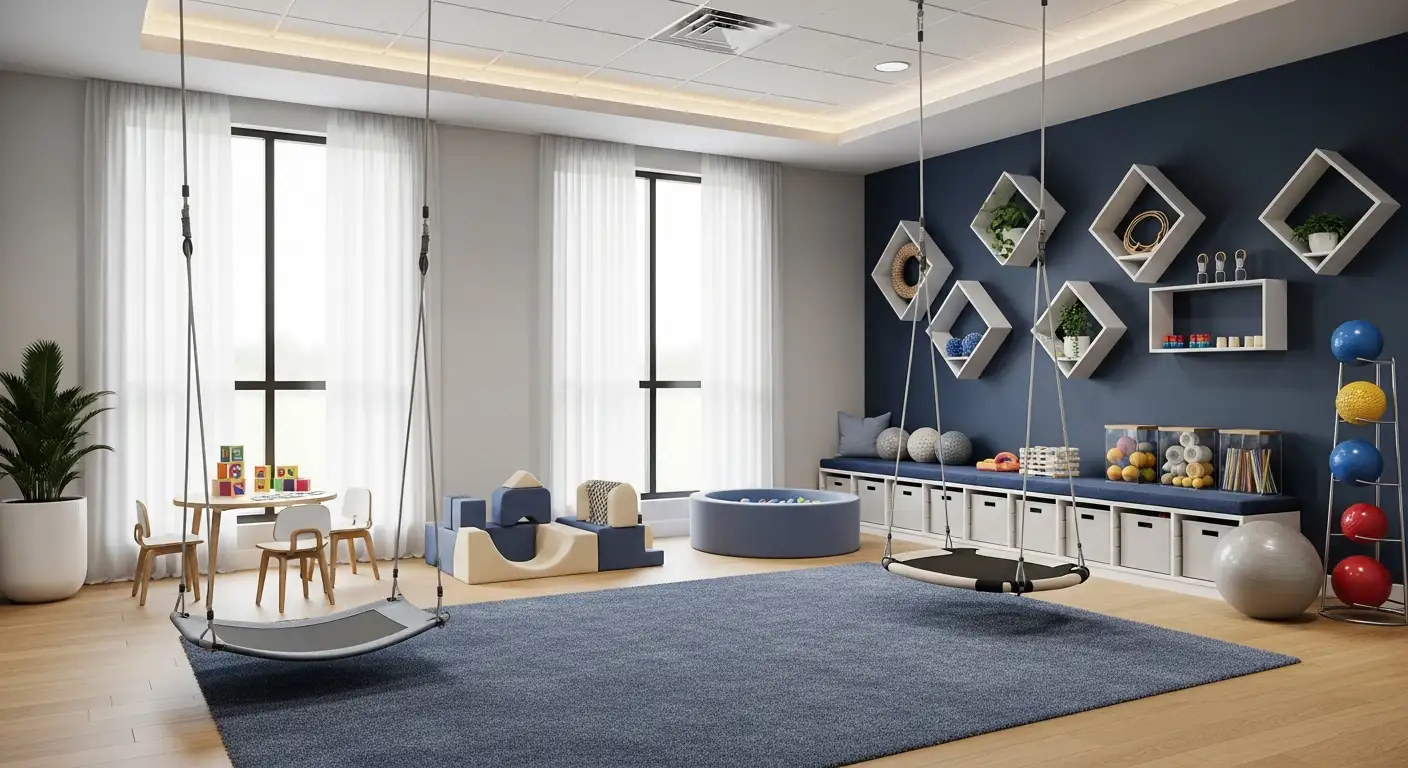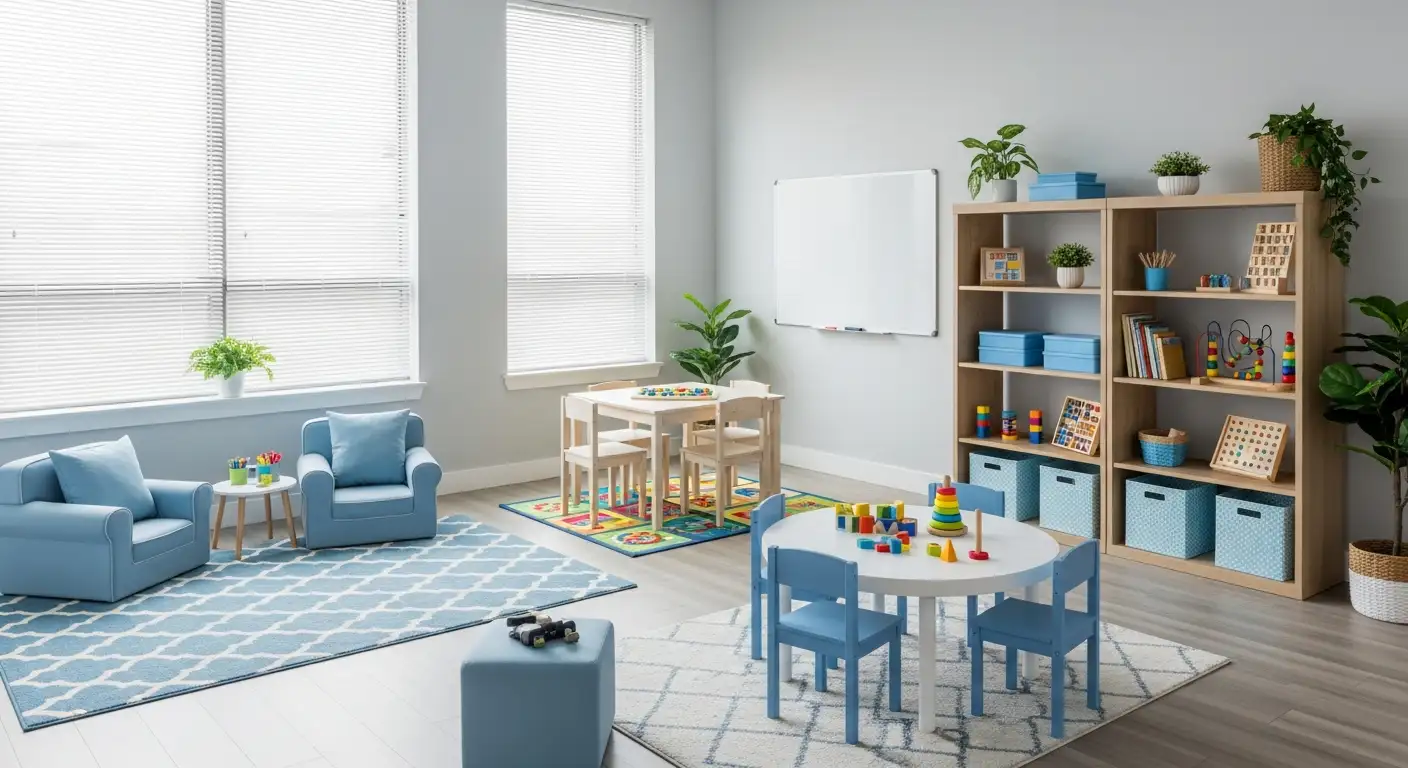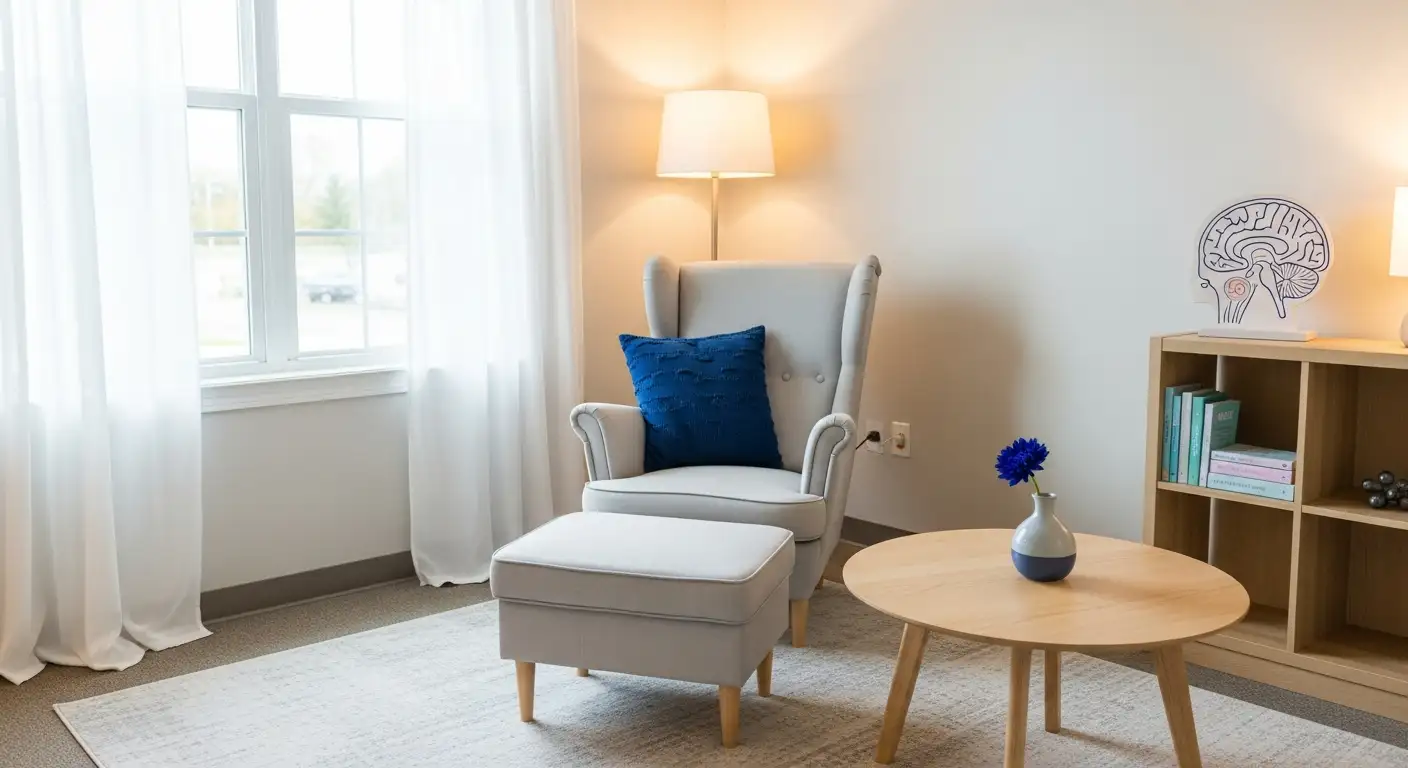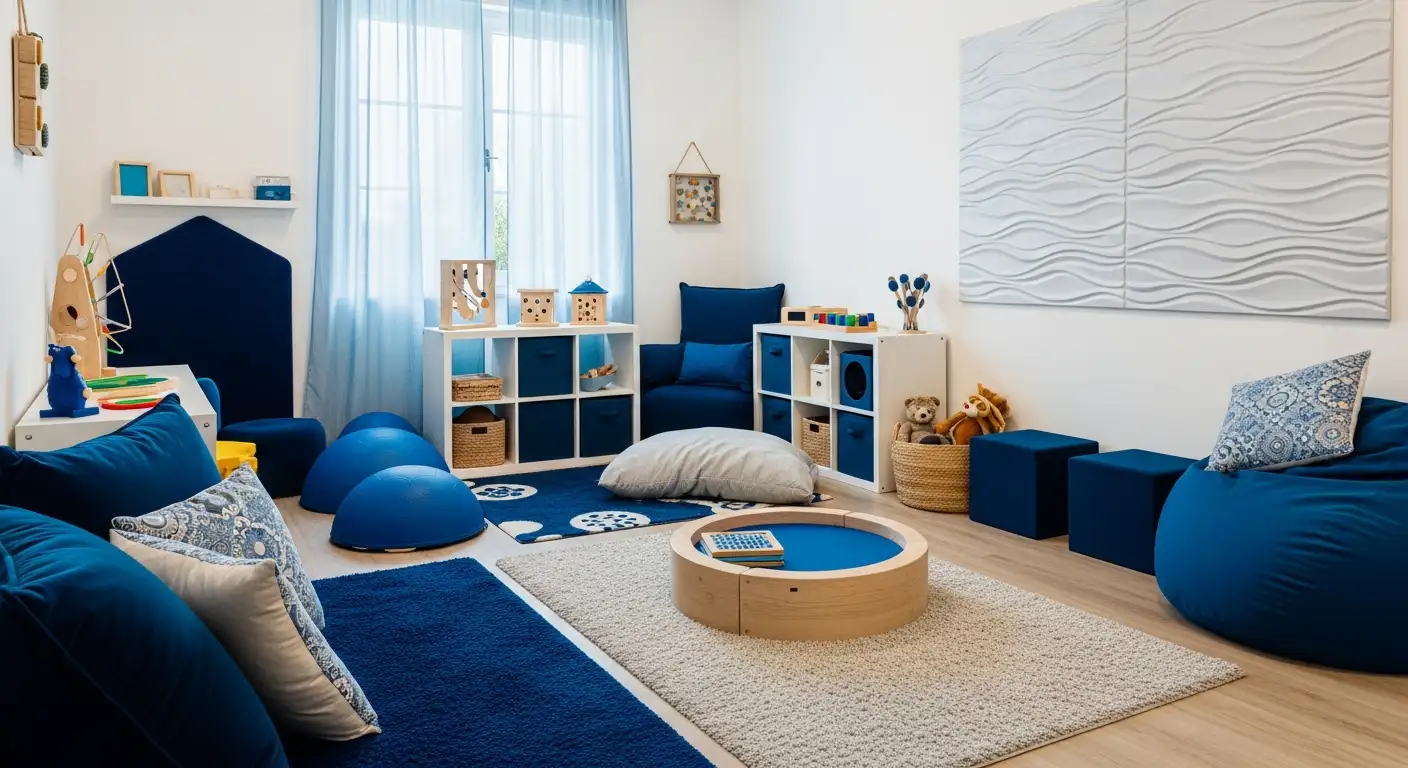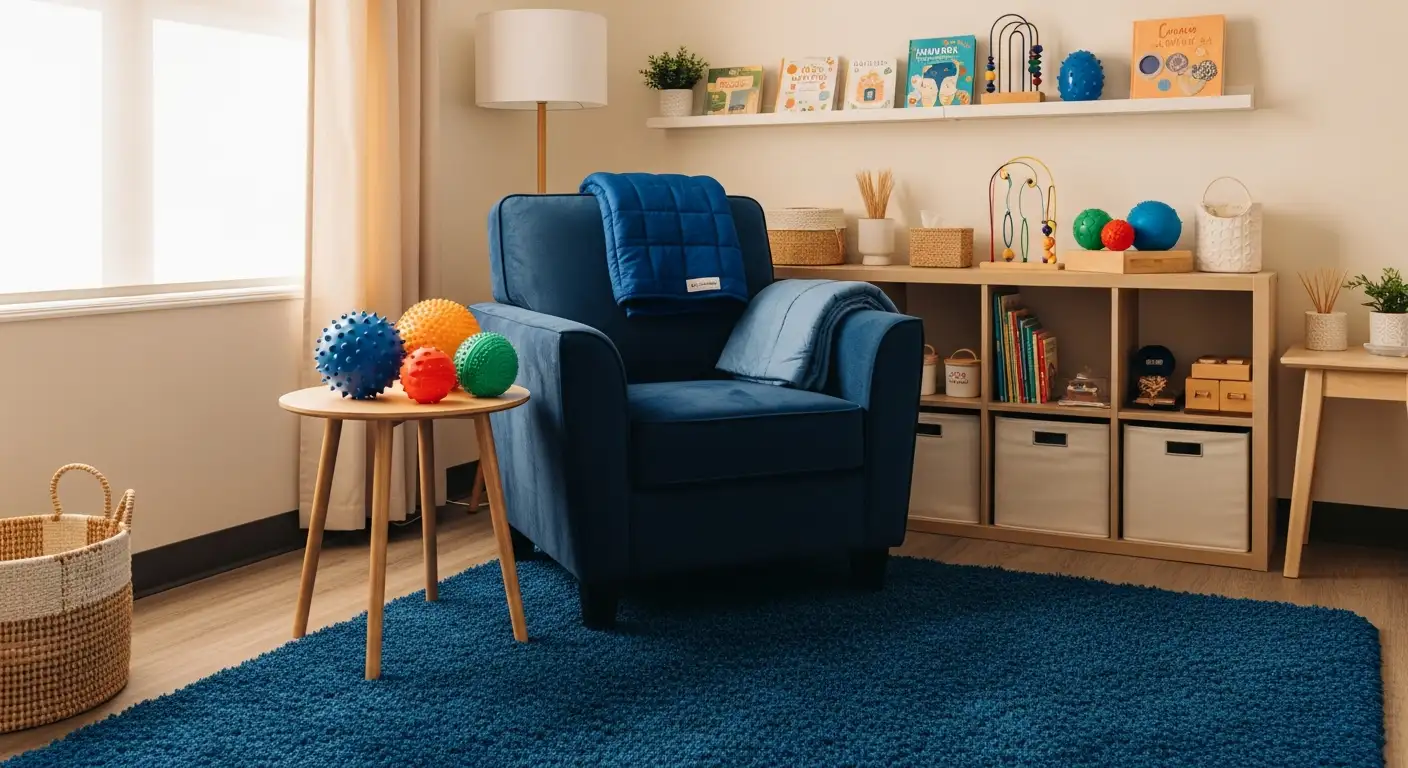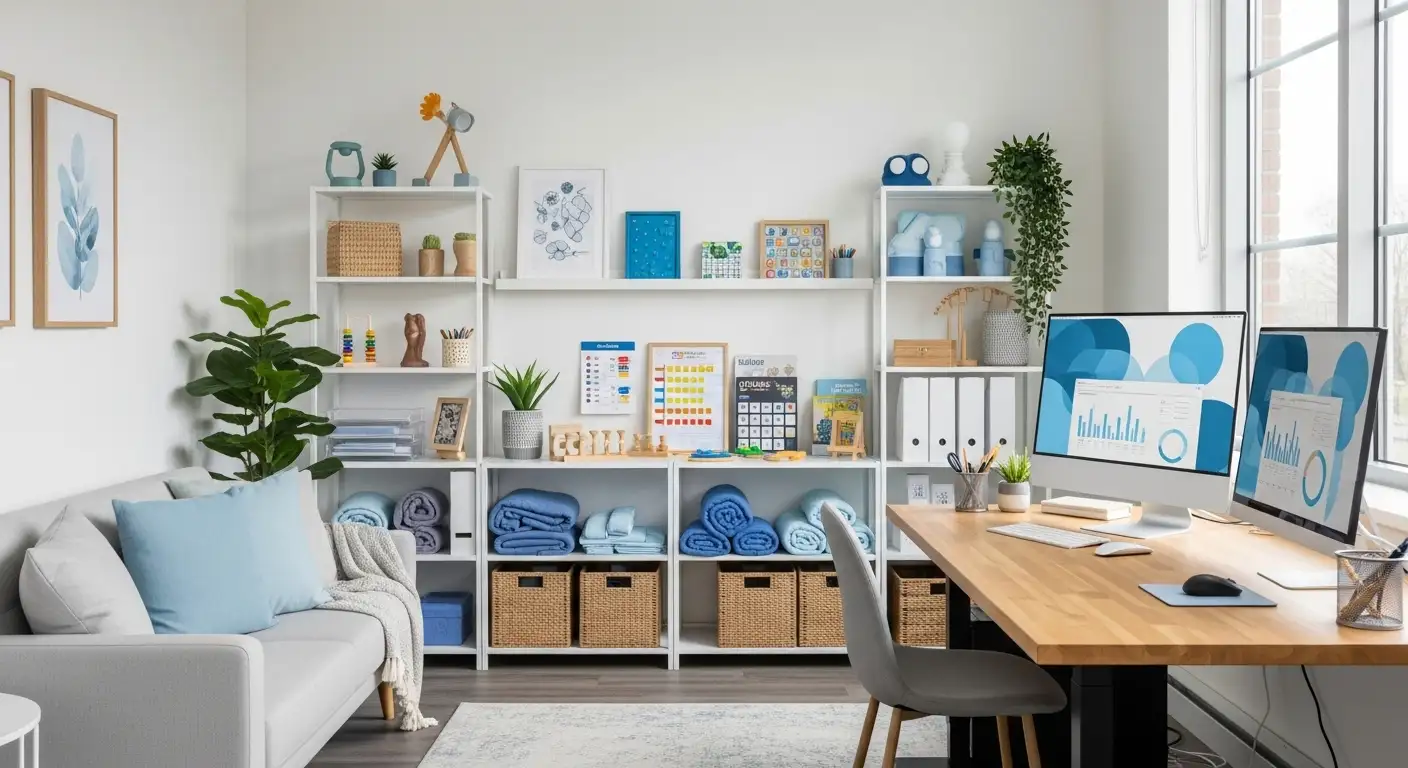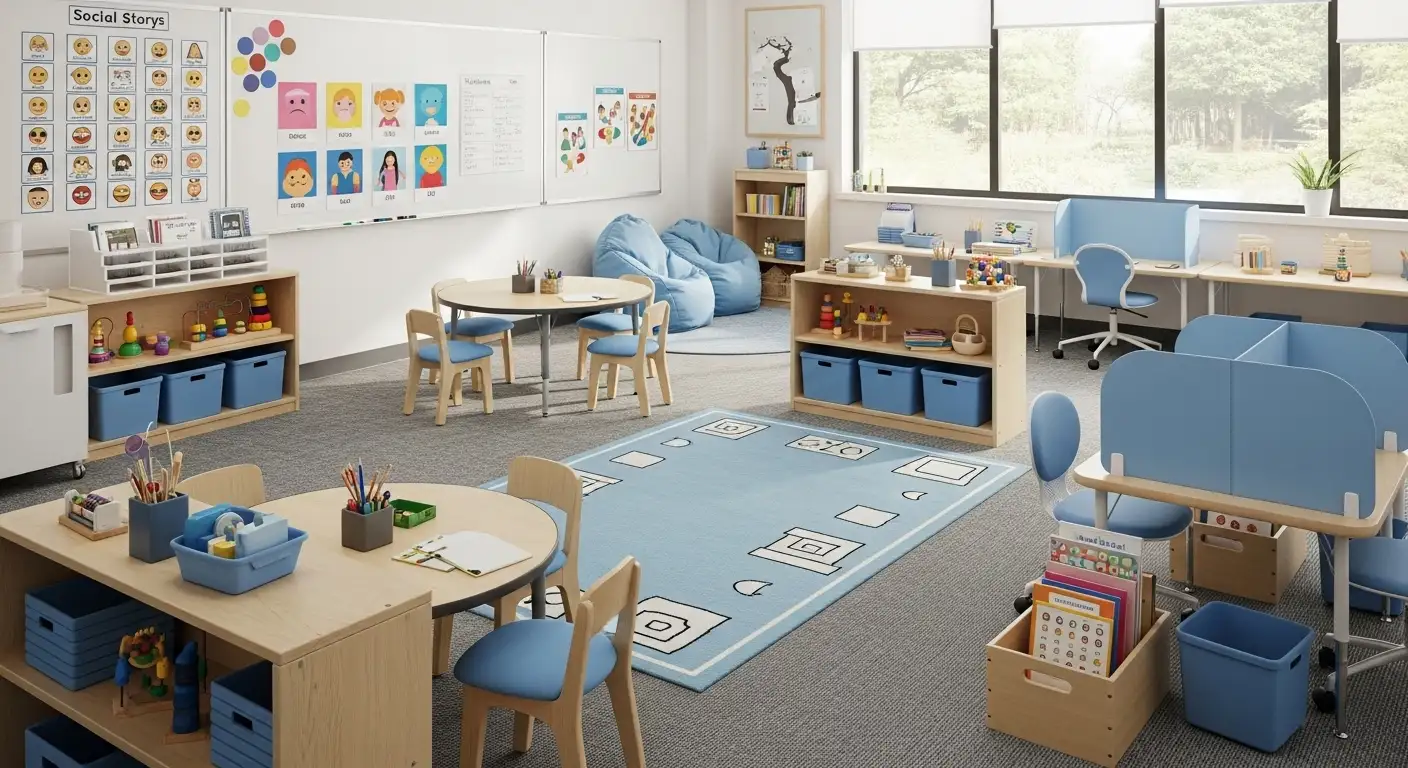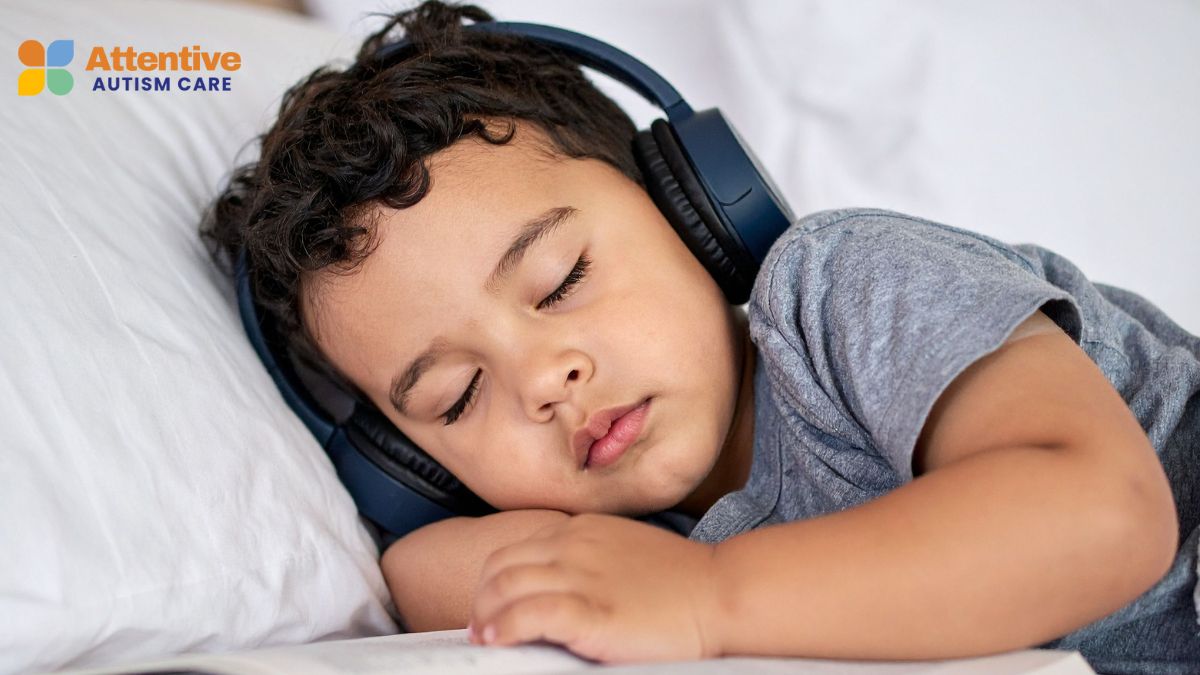How to Develop Self-Care Routines for Autistic Individuals
Building Foundations for Independence and Well-Being in Autism

Understanding Self-Care in Autism
Self-care is a vital component of overall well-being for autistic individuals, encompassing mental, physical, emotional, and social health. Developing effective, personalized routines can significantly reduce stress, foster independence, and enhance quality of life. This article explores comprehensive strategies to create supportive self-care practices tailored to the unique needs of autistic people across all ages.
Creating Personalized Self-Care Routines for Autistic Individuals
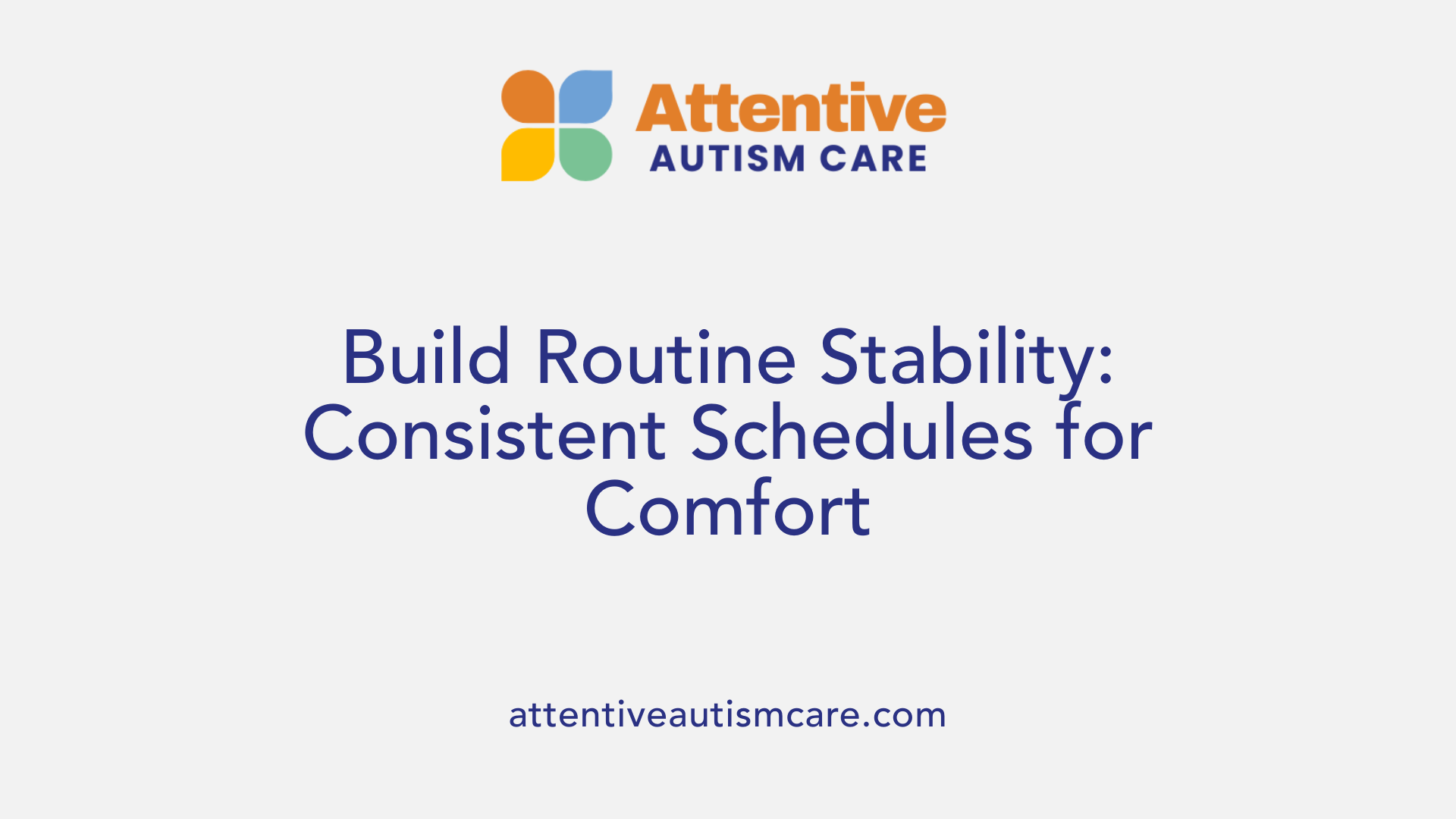
How can I develop self-care routines tailored for autistic individuals?
Developing effective self-care routines for autistic adults involves understanding and respecting their individual needs, preferences, and sensitivities. Personalization is essential for creating routines that are sustainable and supportive.
First, assess the individual's sensory sensitivities. Some may be highly sensitive to sounds, smells, or textures, which can influence choices for sensory tools and environments. Using sensory toolkits containing items like noise-canceling headphones, weighted blankets, fidget toys, or aromatherapy can help manage sensory overload.
Next, consider their communication styles and personal preferences. Visual aids such as schedules, checklists, or picture symbols can facilitate understanding and independence. Visual schedules are particularly useful for establishing routines around morning activities, sensory breaks, and bedtime rituals, creating predictability.
Design calming spaces where individuals can retreat when overwhelmed. These spaces might include soft lighting, calming visuals, or sensory calming activities such as gentle rocking or listening to soothing music.
Consistency is vital. Establishing regular wake-up, mealtimes, and sleep routines helps build stability. Incorporating sensory breaks during the day—like stretching, deep pressure exercises, or brief calming activities—can prevent sensory overload.
Flexibility is equally important; routines should be adaptable to changing needs or circumstances. Allow for gradual modifications, such as changing the order of tasks or introducing new activities carefully.
Finally, integrating therapeutic strategies like mindfulness, emotional regulation exercises, and social skills practice can support mental health. Collaborating with professionals trained in autism can help refine routines and ensure they're effective.
By considering sensory sensitivities, communication preferences, and personal likes and dislikes, caregivers and support networks can develop routines that foster independence, reduce anxiety, and improve overall well-being.
Strategies and Supports to Establish Effective Self-Care Routines
What are some effective strategies and practices for establishing self-care routines for autistic individuals?
Creating consistent and personalized self-care routines plays a crucial role in supporting autistic adults. Visual supports such as checklists, picture instructions, and visual schedules can help clarify daily tasks and foster independence. Visual aids serve as clear guides, reducing confusion and promoting confidence when performing routines like personal hygiene or meal preparation.
In addition to visual supports, sensory tools such as fidget toys, weighted blankets, noise-canceling headphones, and calming accessories are beneficial. These items help manage sensory overload by providing comforting sensory input or reducing overwhelming stimuli.
Routines should be stable yet flexible. Establishing predictable patterns, like morning rituals, sensory breaks during the day, and relaxing bedtime routines, provides emotional stability and reduces anxiety. Consistency helps autistic individuals feel secure and manage stress more effectively.
Integrating physical activity into daily life is vital. Activities like walking, yoga, dancing, or stretching not only improve physical health but also help alleviate stress and improve mood.
Maintaining a balanced diet and ensuring good sleep hygiene are essential. Regular meal times and routines around sleep—such as a calming pre-sleep ritual and creating a sleep-friendly environment—support overall well-being.
Seeking support from professionals experienced in autism, such as therapists and occupational therapists, can help build tailored routines and address individual needs. Gradually introducing new elements to routines with patience allows for smoother adaptation and long-term adherence.
Overall, a holistic approach combining visual supports, sensory tools, routine consistency, physical activity, nutrition, and professional guidance creates a sustainable framework for effective self-care tailored to each individual’s preferences and requirements.
Supporting Autistic Individuals in Achieving Greater Independence

How can caregivers support autistic individuals in developing independence through self-care?
Supporting independence in autistic individuals involves teaching self-care skills systematically and with patience. Caregivers can use comprehensive instruction methods such as visual supports, social stories, and task analysis. Visual aids like picture checklists, schedules, and communication tools—such as AAC devices or picture cards—help individuals understand routines, manage transitions, express their needs, and request breaks.
Introducing these supports establishes predictability and confidence, encouraging autonomy. For example, visual schedules can outline steps for personal hygiene, cooking, or household chores, making abstract tasks more concrete and manageable.
Incorporating daily routines that include household chores, money management, and safety skills promotes responsibility and independence. These activities teach practical skills needed for community navigation and day-to-day functioning.
Furthermore, developing leisure, vocational, and self-advocacy skills plays a crucial role. Engaging in hobbies or work-related tasks fosters social participation and self-esteem.
Supporting mental health is also vital. Use of sensory tools like weighted blankets or noise-canceling headphones, along with mindfulness practices and professional therapy, enhances emotional resilience and overall well-being.
Building independence is a gradual process that benefits from consistent reinforcement, patience, and understanding. By combining skill teaching, emotional support, and fostering responsibility, caregivers can effectively help autistic individuals lead more autonomous lives.
Facilitating Emotional and Sensory Regulation through Self-Care
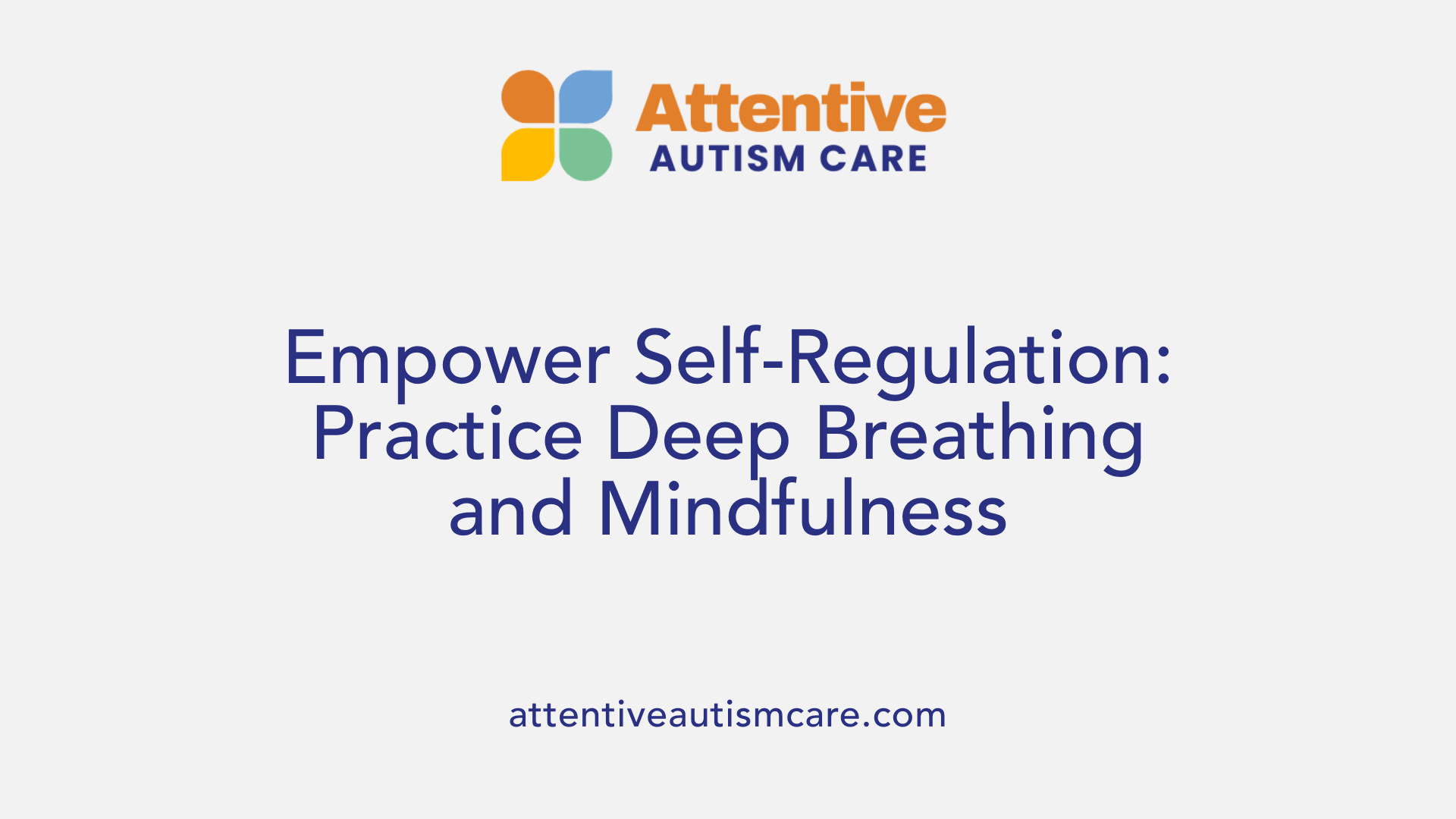
What techniques facilitate emotional regulation and well-being through self-care routines for autistic people?
Autistic adults often benefit from tailored self-care routines that promote emotional stability and sensory regulation. Developing consistent, structured routines helps create predictability, reducing anxiety and emotional overwhelm.
Using visual supports, such as emotion level charts or pictorial cues, can help individuals recognize and communicate their emotional states effectively. These visual tools make it easier to identify when they need a break or calming activity.
Teaching and implementing coping strategies like deep breathing exercises, counting techniques, or requesting help can empower autistic individuals to manage intense emotions before they escalate. Incorporating self-soothing behaviors, such as using weighted blankets, fidget toys, or engaging in sensory activities, offers tangible ways to calm down.
Mindfulness and meditation practices are valuable components of emotional regulation, helping manage stress and promote mental resilience. Techniques like guided meditation, deep breathing, or grounding exercises encourage present-moment awareness.
Support from caregivers plays a vital role in reinforcing these strategies. Caregivers trained in autism-specific interventions can assist in establishing routines, providing visual aids, and modeling self-regulation techniques.
Overall, a personalized approach that considers sensory sensitivities, emotional cues, and individual preferences helps autistic adults build effective self-care routines. By integrating structured routines, visual tools, coping techniques, and caregiver support, they can foster greater emotional independence and resilience.
How Support Networks and Resources Enhance Self-Care Efficacy
How can caregivers and support networks create and maintain effective self-care practices for autistic individuals?
Creating effective self-care routines for autistic adults involves a collaborative approach that centers on the individual's unique needs and preferences. Caregivers, family members, and support networks play a vital role in developing personalized routines that foster independence and emotional well-being.
A practical starting point is the joint creation of visual supports, such as picture schedules and checklists, which help clarify daily tasks and reduce anxiety about unpredictable activities. Using visual cues not only promotes understanding but also encourages autonomy, especially when coupled with functional skills instruction. Teaching life skills like cooking, hygiene, and money management through hands-on methods and natural environment teaching ensures that learning is meaningful and applicable.
Incorporating behavioral techniques such as chaining—breaking tasks into small, manageable steps—and positive reinforcement encourages skill acquisition and sustained motivation. Support systems should also include professional therapies, including occupational and speech therapy, which address sensory, communication, and emotional challenges that impact self-care.
Support networks must remain adaptable, regularly reviewing routines and adjusting strategies to fit evolving needs. Celebrating progress, no matter how small, boosts confidence and motivation. This can be done through verbal praise, tangible rewards, or simply acknowledging successes.
Fostering a community with peers, friends, and support groups reduces feelings of isolation for autistic adults and caregivers alike. These connections offer emotional support, shared experiences, and encouragement, which enhance resilience.
Overall, effective self-care is sustained by ongoing collaboration, personalized planning, and supportive feedback. This comprehensive approach ensures that autistic individuals develop essential life skills, maintain well-being, and lead more independent, fulfilling lives.
Leveraging Research-Based Strategies and Resources for Optimal Outcomes
What resources and research-based insights are available on autism and self-care strategies?
There is a wealth of evidence-based practices rooted in scientific research and professional frameworks that guide effective self-care for autistic individuals. One prominent approach is Applied Behavior Analysis (ABA), which offers systematic methods for teaching essential self-help skills.
Books, academic articles, and manuals provide detailed techniques such as prompting, shaping, chaining, and natural reinforcement. These methods help teach routines like dressing, hygiene, and toileting by breaking tasks into manageable steps and reinforcing progress.
Empirical studies support the use of personalized training in natural environments, which encourages independence in real-life contexts. Visual supports, such as picture schedules, checklists, and social stories, have proven especially effective in helping individuals understand and anticipate daily routines.
Furthermore, intervention frameworks like Natural Environment Training (NET) focus on teaching skills within typical daily activities, making learning more relevant and engaging.
In addition to behavioral strategies, professional therapies tailored for autistic adults, including Cognitive Behavioral Therapy (CBT), Dialectical Behavior Therapy (DBT), and mindfulness practices, are supported by research to improve emotional regulation. These approaches help manage mental health conditions such as anxiety and depression, common among autistic populations.
Overall, current research underscores the importance of individualized, evidence-supported strategies that integrate behavioral techniques, visual supports, and therapeutic interventions. These resources collectively promote greater independence, emotional well-being, and quality of life for autistic individuals.
Supporting Long-Term Self-Care Success
Creating effective self-care routines for autistic individuals is a dynamic process that requires understanding individual needs, leveraging evidence-based strategies, and fostering supportive networks. By integrating personalized sensory tools, visual supports, therapeutic techniques, and practical life skills training, caregivers and support systems can promote independence, emotional well-being, and resilience. Ongoing evaluation, flexibility, and celebrating progress are essential to sustaining these routines and ensuring long-term success. Ultimately, empowering autistic individuals through tailored self-care practices enhances their quality of life and nurtures their ability to navigate daily challenges with confidence and stability.
References
- Autism and Self-Care - Prosper Health
- Life skills for autism | Autism Speaks
- Creating a Self-Care Routine That Works: A Guide for Sensitive ...
- How to Develop a Daily Routine For Autistic Adults | Prosper Health
- Keeping healthy - National Autistic Society
- Self-Care for Autism: Practical Daily Tips - SkyCare ABA
- Self-Care Skills for Children with Autism










